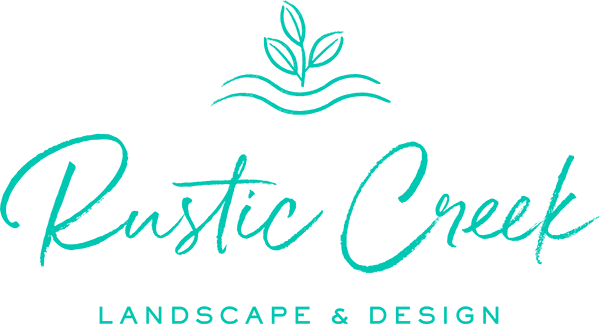There’s something so special about water in a landscape design. The sunlight reflecting on the surface, the gentle sound of a trickling fountain, or the sight of koi gliding through clear water can completely transform a yard (and your mood). But before you dive into the project that is adding a garden pond to your yard, it’s worth asking: is this the right choice for your home, lifestyle, and landscape?
It’s true that ponds help homeowners bring beauty, wildlife, and a sense of peace to their outdoor spaces. But ponds aren’t for everyone. Here are some key factors to consider before making your decision.
Consider your space.
More than anything else, your existing space will determine whether or not adding a pond to your yard is a good idea. Think about:
- Size: Even a small pond needs room for proper circulation. If you want to add plants and fish, you’ll need even more space. A cramped corner might not work.
- Slope and grading: A naturally sloped area can help with drainage, circulation, and design.
- Sunlight and shade: Most aquatic plants need several hours of sunlight each day, but too much direct sun can overheat the water and cause algae growth. It’s important that you have a space in your yard that will allow your pond to thrive.
If your yard already has other natural features like boulders, trees, or a gentle slope, a pond will likely blend in beautifully. On the other hand, if your yard is small or highly shaded, you may need to make more design adjustments to make it “pond ready.”
Consider your lifestyle.
Unfortunately, garden ponds are not “set it and forget it” features. They need regular care to stay healthy and attractive. Count on:
- Weekly maintenance: Skimming leaves, checking pumps, and monitoring water levels are all important parts of a weekly routine.
- Seasonal upkeep: Ponds often need thorough cleaning in the spring and the fall to remove debris, balance water chemistry, and prep for temperature changes.
- Long-term care: Filters, pumps, and liners may need repair or replacement over time.
If you already enjoy gardening or other outdoor projects, pond maintenance may be rewarding or even therapeutic for you. But if your schedule is already packed, or you prefer a low- maintenance yard, other features like a dry creek bed or a fountain may serve you better.
Consider your budget.
A garden pond is an investment. Costs vary widely depending on size, design, and features..
- Basic ponds: A simple, pre-formed pond liner with a small pump is the most affordable option.
- Custom ponds: Larger, more natural-looking ponds with waterfalls, stone edging, and plants will cost more upfront.
- Ongoing expenses: Don’t forget that you’ll also be paying for electricity (for pumps), water treatments, fish food, and seasonal maintenance services.
Think of a pond as an investment of time and money. If it suits your lifestyle and fits your budget, it can definitely pay off, but don’t expect it to be inexpensive or easy.
Consider wildlife and ecosystem benefits.
One of the greatest joys of a garden pond is the life it attracts. Expect birds, butterflies, frogs, and dragonflies to visit; they’re all naturally attracted to water. Aquatic plants like lilies and lotuses create a living ecosystem and help keep the water balanced, while also adding beauty to your yard. If you love the idea of supporting local wildlife, a pond can be deeply rewarding.
That said, ponds can also attract less welcome guests, like raccoons and mosquitos, if not properly managed. So be aware that if you add a pond, you add a little risk into your yard as well.
Consider safety.
Speaking of risk, it’s important to note that safety is an important factor to consider before adding a pond, especially if you have young children or pets in your family. Even a shallow pond can introduce a drowning risk.
When thinking about safety, consider:
- Depth: Shallow ponds (12-18 inches) are generally safer (but not entirely so).
- Barriers, covers, or grates: Fencing, rocks, or thick plant borders can deter access to the pond. Additionally, safety grates or mesh just below the surface can help lower drowning risk.
- Supervision: Ultimately, children and pets should never be left unattended around water features.
If safety is a major concern, you may want to opt for a pondless waterfall or fountain that provides the beauty of water without the standing pool.
Consider your vision.
At the heart of your decision about whether or not to install a pond is one key question: How do you envision yourself using your outdoor space?
If you want a peaceful retreat, filled with the sounds of trickling water, where you can relax at the end of a long day, then a pond could be a perfect addition. If you prefer a yard that’s easy to maintain and has lots of wide open spaces for entertaining, sports, or play, then a pond might not be the best fit after all.
Remember, a pond can be a stunning focal point and a source of joy in your backyard…but only if it aligns with your lifestyle and your vision for your home. Adding a garden pond is a big decision, but if you’re thoughtful about it—considering your space, maintenance capabilities, budget, and lifestyle—you’ll make the right call. Whatever you choose, keep the focus on creating an outdoor space that feels like home.

